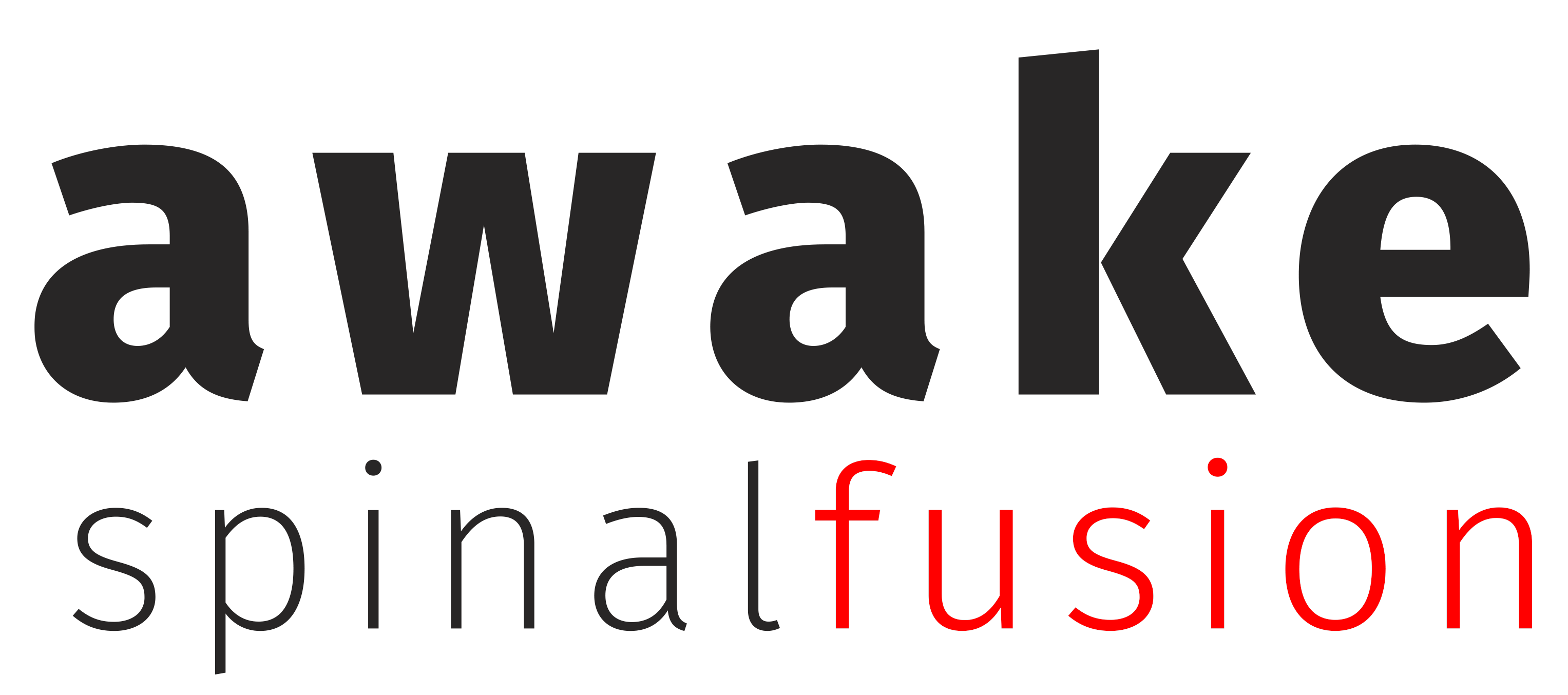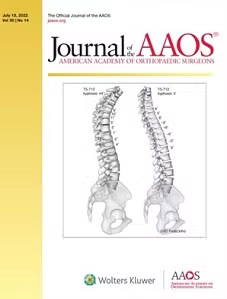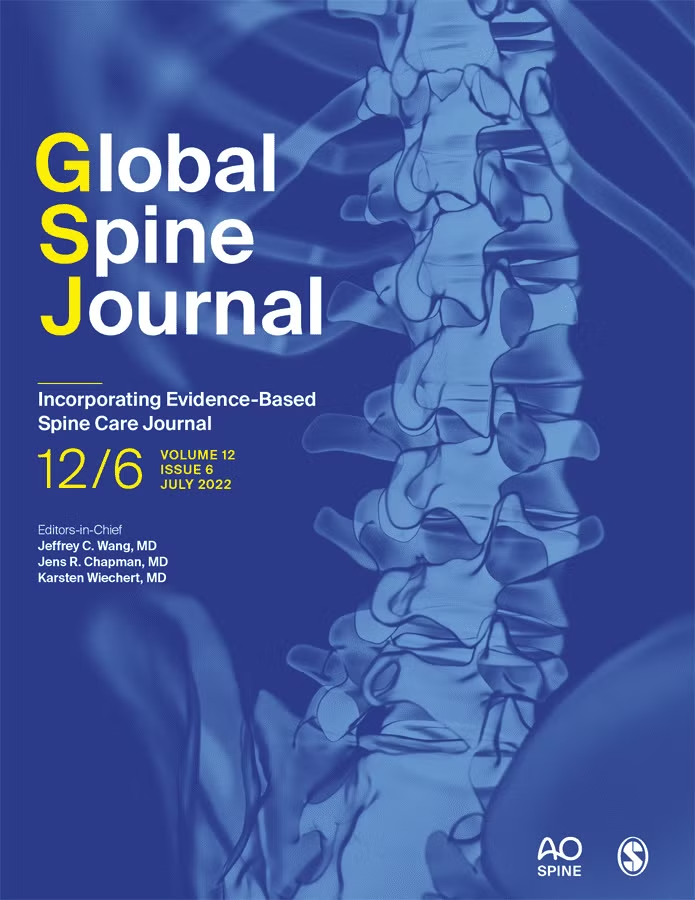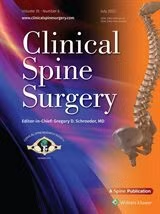
There are a bunch of ways to describe a herniated disk: slipped, ruptured, and bulging. Back, neck and leg pain are all common from it. A herniated disk usually heals on its own or with some home care, but some people need minimally invasive discectomy surgery.
Your Outlook vs. Minimally Invasive Discectomy Surgery
Herniated disks get worse if left untreated. If it developed because of your job or occupation, that’s especially true. Chronic pain and loss of control in the affected area can be caused by worsening ruptured disks. After 4 – 6 weeks of conservative treatment, see your doctor if you still have symptoms.
Nonetheless, about 90 percent of people recover on their own with simple body care, or medical care, or both. Within a month, you’ll most likely feel better. If not, see your doctor. Spinal injections or minimally invasive discectomy surgery are needed for some people.
For other individuals, herniated disks can’t always be prevented. That’s because disc herniation is mostly caused by age. In degenerative disc disease, your spinal discs gradually lose fluid volume over time. A microscopic crack or tear can form on the outer surface of the discs, creating an escape route for the gel-like interior.
Most of the time, it’s degeneration. It’s kind of like radial fibers on the outside of a car tire. Tiny tears form within that fiber over time and they grow bigger. Some people’s tears can get big enough to let what’s inside escape to the outside.
Reducing Risks vs. Minimally Invasive Discectomy Surgery
Herniated disks get worse if left untreated. If it’s developed because of your work, for instance, that’s one thing. Make sure you are lifting properly. Keep your waist straight. Keep your back straight, and bend your knees. Support loads with your strong legs.
Also, keep your weight under control. Lower back pain is caused by excess weight oftentimes.
Good posture and stretching are also key. You can have better posture when you walk, sit, stand, and sleep. Spine strain is reduced by good posture. Stretching is also especially important when you sit for long periods of time.
Maintain a regular exercise routine to support your spine as well. Strengthen your back and abdomen muscles.
Quit smoking. If you smoke, you’re more likely to rupture your disks.
Herniated disk pain usually goes away with time. You can take an over-the-counter pain reliever like ibuprofen or acetaminophen, or you can apply heat or ice to the affected area if the pain is severe. Overall, you should avoid long periods of bed rest to avoid stiffness.
Herniated Disks: What are They?
Before entertaining minimally invasive discectomy surgery, it’s best to look at exactly what a herniated disk is versus what it’s not. Injuries to the spine (backbone) are called herniated disks.
Your spine consists of a series of bones (vertebrae) from your skull to your tailbone. There’s a round cushion between your vertebrae called a disk. You can bend and move easier thanks to the disks between your bones. Disks that leak or tear are called herniated disks.
Up to 2 percent of people get herniated disks every year. Sciatica, from sciatic nerve pain, is commonly caused by herniated disks in the neck, arm, and back. In the lower back or neck, herniated disks are most common, but they are rare in the middle of the back.
Herniated disks are most common in people ages 30 to 50 years-old. It’s twice as common in men as in women.
Smoking is another risk factor, as is sitting for long periods of time in the same position, being overweight, lifting heavy objects, and repeatedly bending or twisting.
Exactly Why do Disks Herniate?
The sensations and symptoms below could lead to treatment or could take you closer to exploring minimally invasive discectomy surgery. Time will tell.
Like jelly doughnuts, disks have soft gel-like centers and a firm outer layer. The outer layer weakens over time and can crack. When the jelly inside a disk pushes through a crack, it’s called a herniated disk. Nerves nearby may be pressed by the leak.
Disk ruptures can be caused by aging, excessive weight, repetitive motions, and sudden strain from lifting or twisting wrong.
The symptoms of a herniated disk vary depending on where it happens in your spine. When you move, your symptoms can oftentimes get worse, and when you rest, they usually get better.
Sciatic nerve pain is common with herniated disks in the lower back. It usually shoots down one side of your buttocks and into your leg and foot. You might also experience back pain, tingling or numbness in your legs or feet, and muscle weakness from a herniated disk in your lower back.
If you have a herniated disk in your neck, you’ll get pain near your shoulder blades, shoulder pain, arm pain, hand and finger pain, and neck pain — especially in the back and on the sides. Pain can get worse when you bend or turn your neck and arms, eliciting a numb or tingling feeling.
How to Treat Slipped Disks
Symptoms that don’t improve may need more advanced treatments. Here’s what your doctor might recommend:
Pain relievers and muscle relaxers may be prescribed by your provider. Or a physical therapist can teach you exercises to make your nerves feel better. Muscles loosen up and circulation improves when you exercise.
Known as an epidural or nerve block, spinal injections deliver steroid medication directly to your spine. As a result of the disk herniation, the medication reduces swelling and inflammation. As a result, your body will heal faster and you’ll be able to do more stuff.
Nerves to the bladder or bowel can be damaged by a large herniated disk. There’s a chance that this type of herniation needs emergency surgery. But if it’s not an emergency, minimally invasive discectomy surgery is an option when other treatments don’t work. The goal of spinal decompression surgery is to relieve nerve pressure.
With today’s local anesthesia technology, as well as techniques and other types of discectomies available, today’s “awake” surgery is a modern marvel. Your surgeon can remove a herniated or degenerative disc in your spine that’s pressing on a nerve, all carefully and safely accomplished through an incision in your back.
Here’s the important part: it eases pressure on your spinal cord. While your surgeon can use different methods to do this, there’s a good chance that minimally invasive discectomy surgery will help if physical therapy or medication don’t work, or if you have signs of nerve damage such as weakness or loss of feeling. Although surgery can be completely “open” (the traditional method), a minimally invasive approach is usually the smarter choice today.
Awake Spinal Fusion is here to educate you on the basics of your spine, back pain, “awake” spinal and neck surgery, minimally invasive surgical options, and much more.






